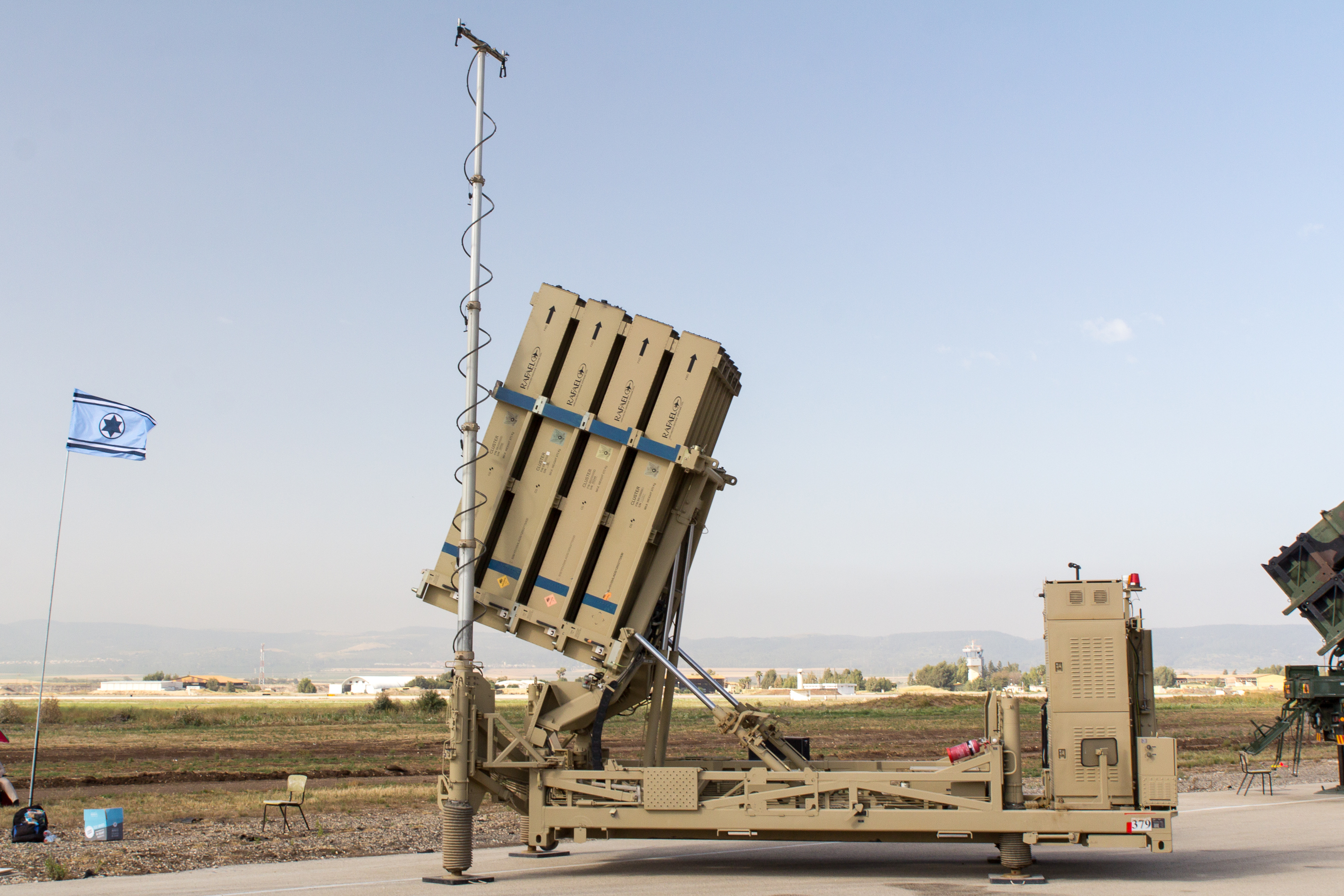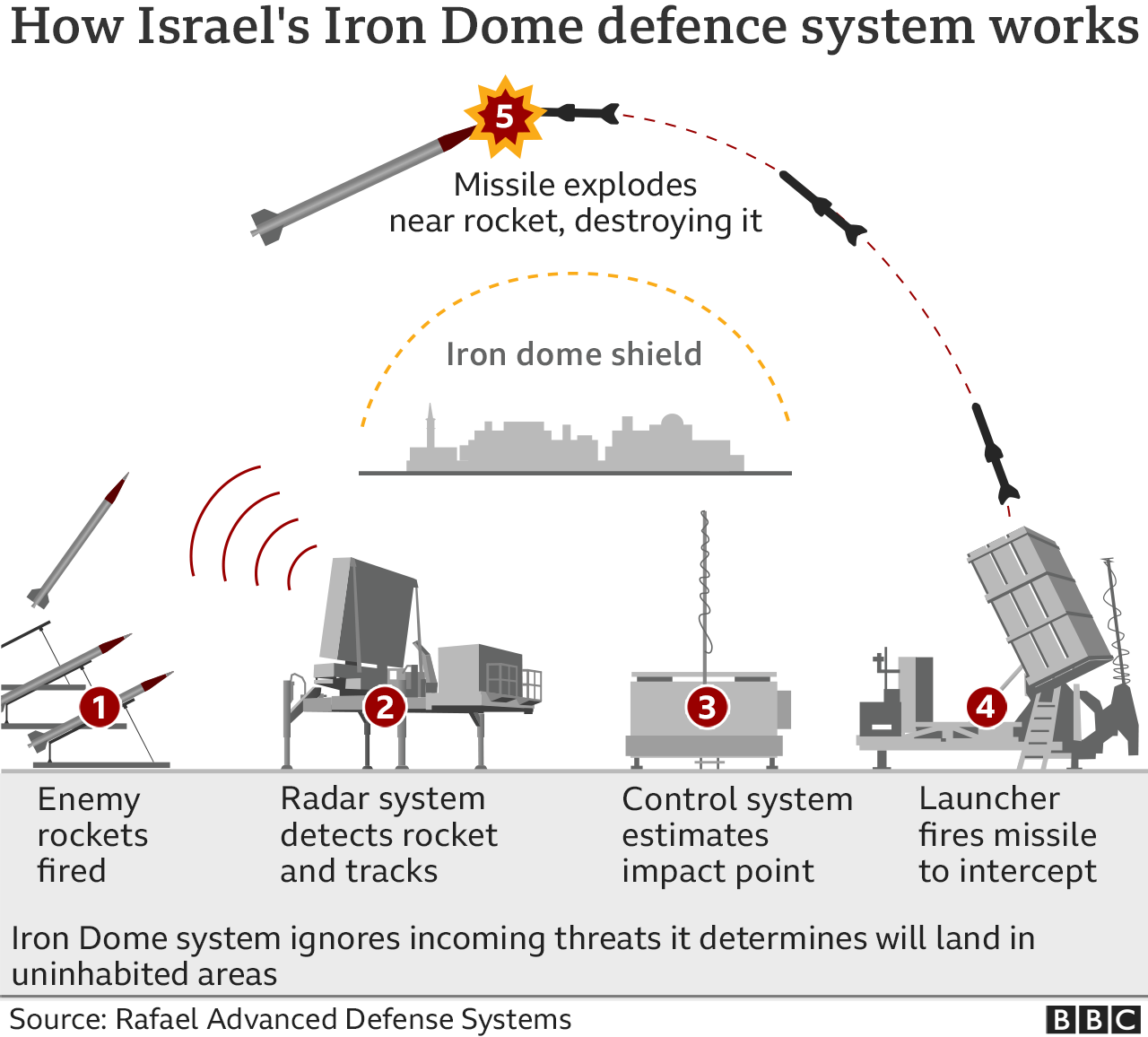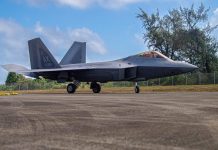As tensions in the Middle East escalate between Israel and Iran, Tehran has perplexed the world with its novel air defense system that is being touted as Iran’s own Iron Dome.
Gripen Fighter Jet Maker SAAB Bets Big On Ternav System To Thwart EW Attacks Including GPS Jamming
F-15 Strike Eagle Jet Demonstrates Capability To ‘Wipe Out’ Terror Facilities With ‘Heavy-Duty’ GBU-72 5K Penetrator Bomb
Iran has claimed to have successfully tested its ‘integrated air defense network’ as part of its military exercise ‘Sky Defenders Velayat 1400’. According to Iranian media, the drill saw the successful interception of incoming threats under a host of mock operational conditions.
The “Army Air Defense Force, IRGC Air Force, and the Aerospace Force of the Islamic Republic of Iran in ‘Defenders of Velayat Sky 1400’ drill exercised joint specialized air defense maneuver to improve combat readiness and deterrence power by using most up to date indigenous air defense systems,” Iran Press reported.
On the occasion, Brigadier General Amir Qader Rahimzadeh, the Commander of the National Air Defense Base announced – “Strong and multi-layered defense against cruise missile attack is one of the goals of the joint specialized air defense exercise of the 1400th Province [Velayat] Sky Defenders.”
#BREAKING: Meet the #Iranian #IronDome! A heavily modified version of #SouthAfrica's Umkhonto air defense system! It was unveiled during the joint exercise of #Iran Air Defense Force pic.twitter.com/B5fMHFEj7I
— Middle East Live (@middleeastlive0) October 12, 2021
Pictures of this new air defense platform were disseminated for the first time however official information pertaining to this new platform has not yet been made public. However, Tasnim News made considerable dissections into the system’s anatomy.
The publication reported that the air defense platform sports four launch canisters with the capability of carrying anywhere between eight to a dozen missiles. The report indicated that the Iranian air defense system draws parallels to Israel’s famed Iron Dome, and even South Africa’s Umkhonto missile system and its truck-mounted version, built by Denel Dynamics.
Comparison with the South African defense system is not far-fetched as Iran has been known to emulate South African Unmanned Aerial Vehicles (UAV) in the past.
“In this regard, each unit of the system achieves high mobility and high stability in combat environments with relative independence from the secondary vehicle carrying the radar,” Tasnim News reported.
The Iranian air defense platform has 360° radar coverage. The missiles are vertically launched, the publication further reported.
The vertical launch of missiles is indicative that the system could potentially engage multiple targets. It has been assessed that the platform’s radars would operate in X-band likely allowing it to seek and acquire targets with pin-point accuracy.
The formation of Transporter Erector Launcher And Radar (TELAR) is a result of the deployment of radar on the launcher vehicle. This makes it a challenge for the adversaries to disrupt the radar with Electronic Warfare (EW) measures.

Videos released from the Sky Defenders Velayat 1400 drill indicate that the systems control room is situated under the radars. According to the Tasmin report, this ensures the maximum compression of system components.
The publication added that Iran is trying to make series of home-grown defense systems that replicate the ones Russia and other countries have. For example, Iran developed the Bavar 373, which was rolled out in 2019 and is said to mirror the capabilities of the Russian S-300 missile defense system.
A defense industry analyst expressed reservations over the direct comparison between the recently tested Iranian air defense system with the Israeli Iron Dome. According to the analyst, Tehran does not operationally need an air defense platform similar to Israel’s Iron Dome, which is meant for perimeter defense and counter projectiles targeting the country.
Iron Dome
The Iron Dome is an “effective, truck-towed, multi-mission mobile air defense system developed by Rafael Advanced Defence Systems.” The Israeli Defence Ministry had selected the Iron Dome to provide defense against short-range missiles and rockets which pose a threat to the civilian population of Israel’s northern and southern border.
The weapons platform was first ordered in February 2007 and underwent initial testing in July 2008. Final testing into the Iron Dome was concluded by July 2010 and by the next year it had undergone its final deployment as part of Israel’s air defense network.

The Iron Dome boasts an effective operational range anywhere between 5 kilometers to 70 km. The core components of the air defense platform consist of Detection and Tracking Radar, Battle Management and Weapon Control (BMC) and Missile Firing Unit. The Radar System Developer for this platform is Elta while the Control System Developer is made by mPrest Systems.
The flexible platform can operate in all climatic conditions and plays a core strategic role in protecting Israel’s civilian populace and critical military and other national assets. The aim is to mitigate collateral damage. The air defense system has a track record of detecting, analyzing, and intercepting a wide range of incoming threats.
These include potential hazards emerging from hostile C-RAM, precise guided missiles, cruise missiles, unmanned aerial vehicles. Reports claim that the Iron Dome has successfully intercepted over 2,500 incoming targets with a success rate of over 90% since its induction into the Israeli defense forces.
Operation Iron Island – American Response To China
The United States is deploying at least two Iron Dome batteries to its strategic base in Guam in a bid to deter any potential aggression by China in the Indo-Pacific region. The military facility is about 2,000 miles away from the Asian subcontinent.
The airbase is geo-strategically located in Guam which allows American forces to be flexibly positioned in a way that they can be readily deployed whilst maintaining the element of surprise in the event of hostilities.
The deployments of Iron Dome batteries will see the latest versions of the platform, which were primarily designed to intercept incoming rockets and other artillery rounds. However, they have also displayed their ability to shoot down small drones and low-flying cruise missiles.
The Hawaii-based 94th Army Air and Missile Defense Command (AAMDC) described these deployments as “temporary” and “experimental.”
The US troops manning these air defense batteries will comprise personnel from the 2nd Battalion, 43rd Air Defense Artillery Regiment, out of Fort Bliss, Texas. This operation, which has been dubbed Operation Iron Island, will also see troops from the Army’s 38th Air Defense Artillery Brigade, forward-deployed in Japan, support this mission.
The Iron Dome’s long-term future with the US Army remains uncertain, however, such an experimental deployment is likely to serve as a learning experience in light of evolving threat profiles.
- Aritra Banerjee is a defense journalist who has worked in both online and print media. He has laid an emphasis on issues related to military human resources, tactical psychology, military-media relations, professional military education, and combat fitness. He can be reached on email: aritrareporter@gmail.com.
- Follow EurAsian Times on Google News





